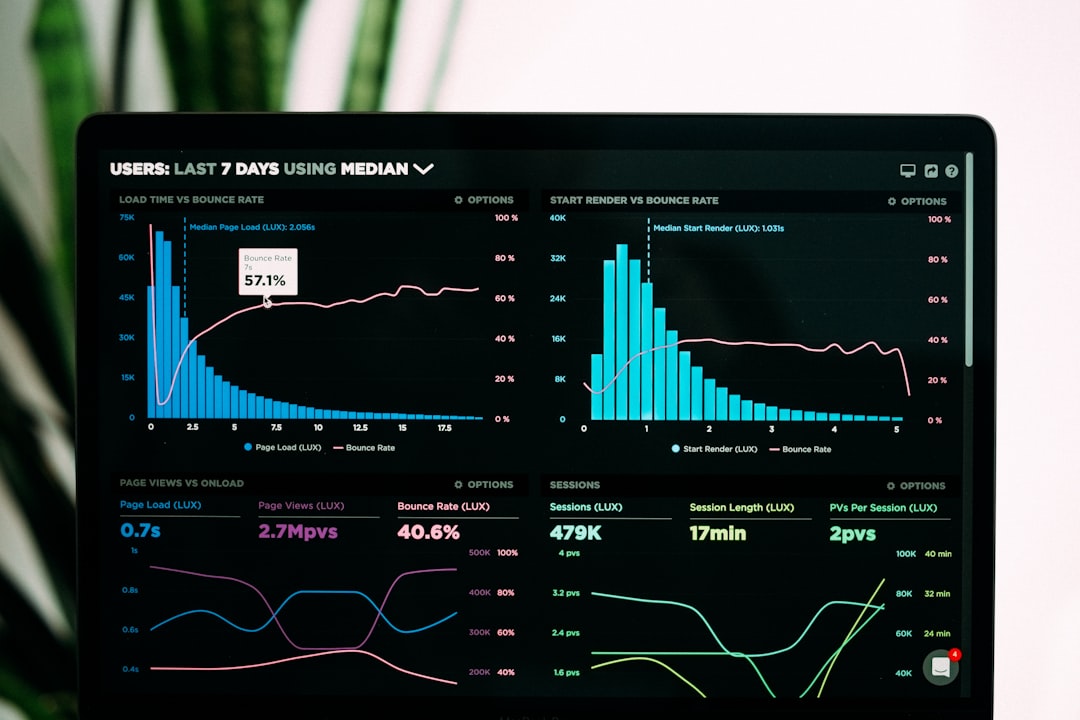
Unlocking Insights: How to Use Economic Models Effectively
# Introduction. In today’s complex economic landscape, economic models serve as vital tools for understanding and predicting economic behaviors. These models can help individuals, businesses, and policymakers make informed decisions and plan strategically. However, using these models effectively requires a comprehensive understanding of their types, limitations, and practical applications. This blog post aims to guide you through the essential aspects of economic models, including their definitions, how to interpret them, and best practices for utilizing them in real-world scenarios. # Understanding Economic Models. Economic models are simplified representations of economic processes that use mathematical equations, graphs, and logical reasoning to describe relationships among various economic variables. They help economists and analysts forecast economic trends, evaluate policies, and assess potential outcomes of economic decisions. Different types of economic models exist, such as microeconomic models, which focus on individual markets, and macroeconomic models, which consider the economy as a whole. There are also statistical models that rely on historical data and simulations. Understanding which model to use in what context is crucial for effective application. # Choosing the Right Economic Model for Your Needs. When utilizing economic models, first determine your objectives. Are you trying to forecast sales, evaluate market conditions, or analyze policy impacts? Depending on your goal, select a model that aligns with your specific needs. For instance, if you are assessing consumer behavior, a demand model may be most appropriate. Alternatively, if evaluating national economic policies, consider macroeconomic models such as the IS-LM model. It’s also important to assess the relevance of the assumptions underlying each model. While simplifying assumptions are necessary, they should be realistic enough to provide valuable insights without neglecting crucial factors in the economy. # Data Collection and Interpretation. Once you've selected an economic model, the next step is collecting accurate and relevant data. Reliable data collection is critical because the effectiveness of your model largely depends on the quality of the data inputs. Sources may include governmental datasets, financial reports, academic studies, or proprietary market research. After gathering data, interpret results judiciously. Many economic models will offer a range of predictions based on different scenarios. Analyzing these results within the context of external economic factors can lend clarity to your findings. For instance, if a model predicts a downturn in consumer spending, consider factors like unemployment rates or shifts in consumer confidence that could validate or contradict your model’s predictions. # Incorporating Feedback and Refining Models. Economic modeling is not a one-time endeavor; it requires continuous refinement and adjustment based on emerging data and changing circumstances. After implementing your model, solicit feedback from stakeholders and peers to evaluate its effectiveness. Analyze the outcomes of decisions made based on your model. Did they yield the expected results? If not, identify potential reasons for discrepancies. This form of reflection allows for better comprehension of the model’s capabilities and limitations, paving the way for revisions that enhance accuracy and usability. # Challenges and Limitations of Economic Models. It's crucial to recognize the limitations inherent in economic models. They can't account for every variable and often rely on assumptions that simplify the complexity of real-world scenarios. For instance, while a model may predict an increase in economic output based solely on increased investment, it may overlook external shocks like global market fluctuations or political instability. Understanding these limitations can help prevent overreliance on any single model. Diversifying your approaches and incorporating various models can provide a more rounded perspective on economic conditions. # Conclusion. Economic models are powerful resources that can significantly enhance decision-making in the business world. By understanding the different types of models, judiciously selecting and interpreting data, and recognizing their limitations, you can effectively utilize these tools to unlock valuable insights. As the economic environment continues to evolve, maintaining flexibility and openness to new data and feedback is essential. With careful application and continuous refinement, economic models can serve as indispensable allies in navigating the complexities of today's economy. .








